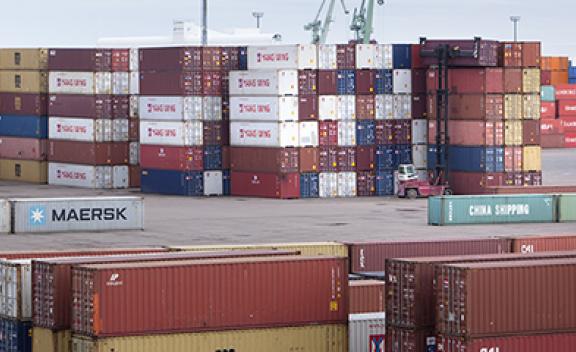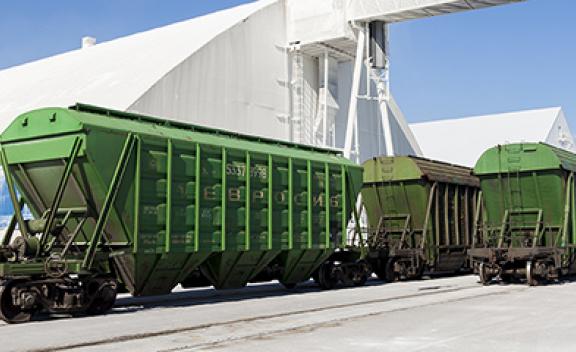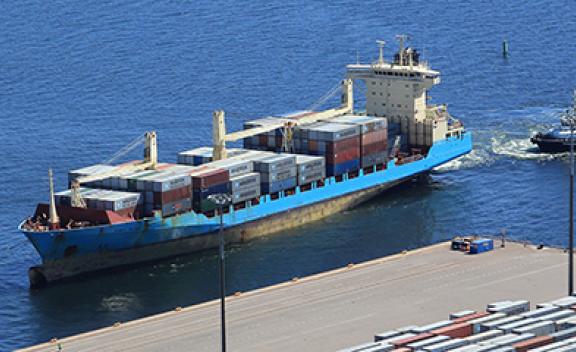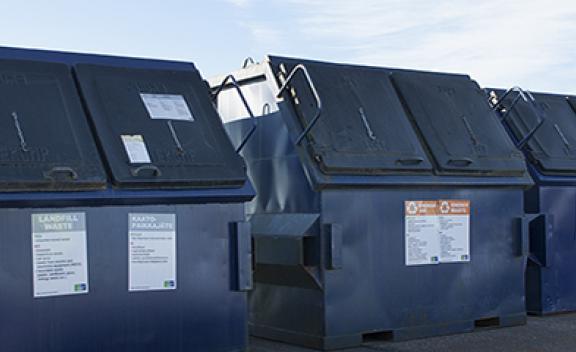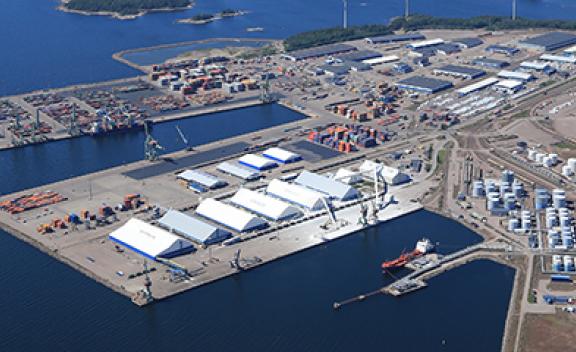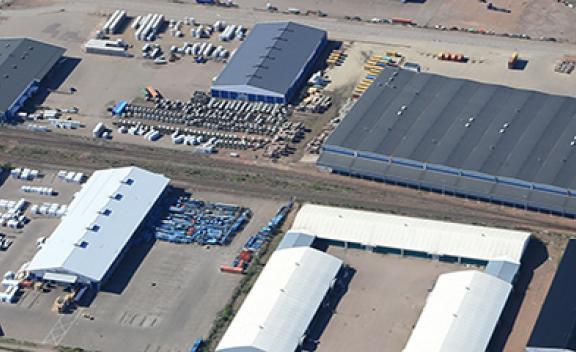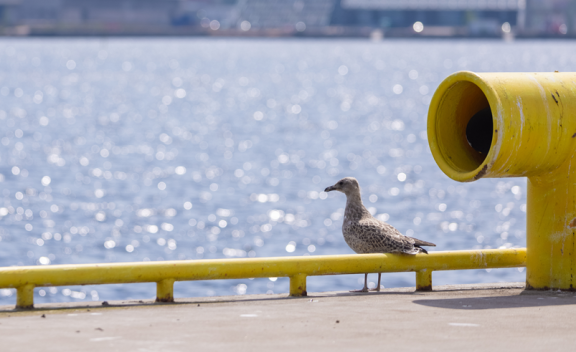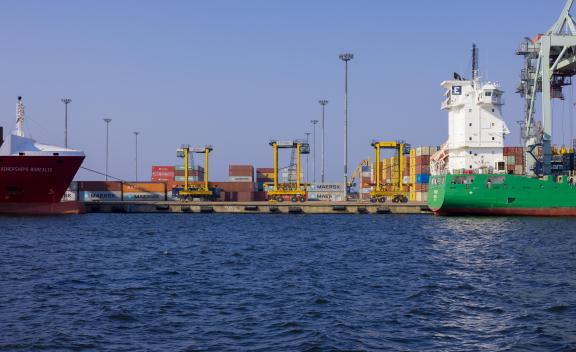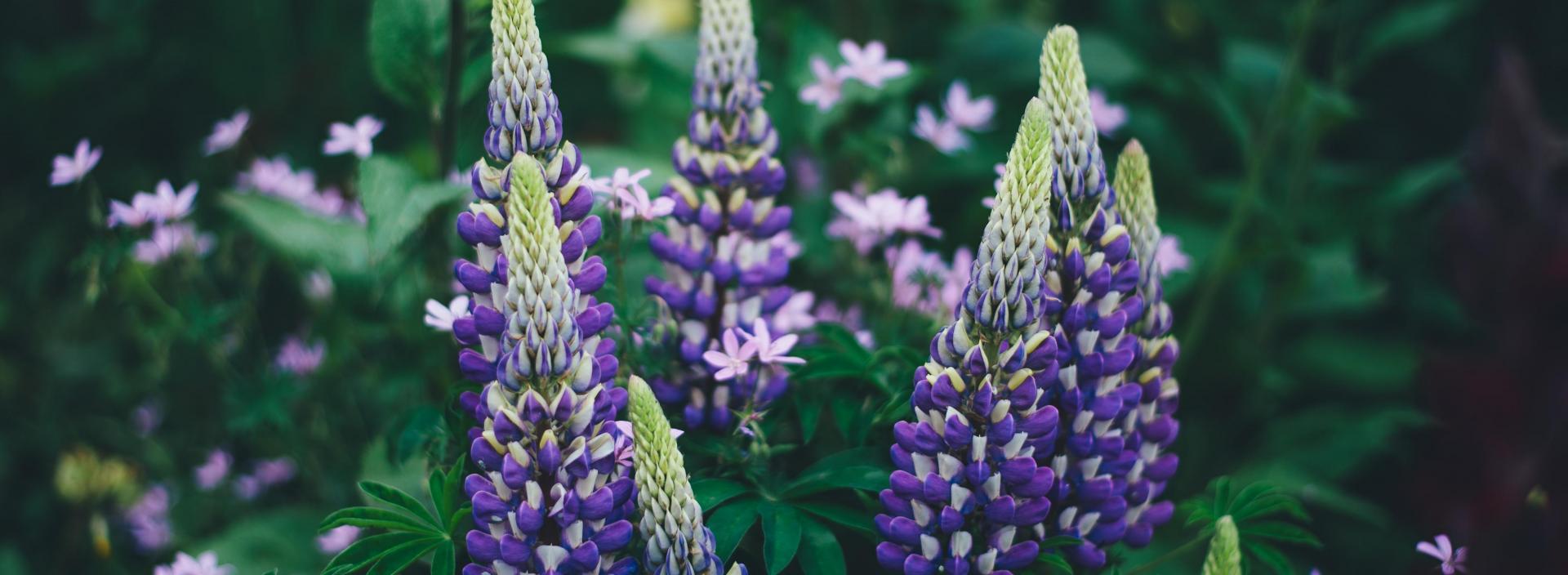
In its operations, the Port of HaminaKotka takes into account environmental impacts in many different ways, including the control of invasive alien species in the port area. Certain plants, among other things, have been classified as invasive alien species, either nationally or throughout the EU, and their prevention is regulated by legislation. Alien species take over habitats from native species and thereby cause many types of harm to the environment.
Hogweed and rugosa rose classified as invasive alien species have been eradicated in the area of the Port of HaminaKotka. Tall hogweeds can cause burn-like skin symptoms.
“At the assignment of the port company, we have eradicated hogweed at the Halla Harbour by covering sites where it grows. The seeds of the hogweed retain their germinating capacity for several years, which is why the treated area must be monitored for a long period of time after the disposal operations,” says Petri Metsälä from Nopest.
Rugora rose, which has been ordered to be eradicated in Finland by 1 June 2022, has been destroyed at the Hamina Harbour. It spreads to new habitats mainly with birds, but also carried by water. Both rosehips and seeds float on water and can thus drift to new habitats.
In addition to the hogweed and rugora rose, common invasive alien species include garden lupine and Himalayan balsam.
“Garden lupine takes over space from native species in places such as roadsides, meaning that meadow plants and insects that live on them have to give way. On the other hand, lupine pollen is not even favoured by all pollinators. The Himalayan balsam can form extensive populations of a single species, which take up space from the original vegetation and impair the diversity of the flora,” says Petri Metsälä.
The Port of HaminaKotka is increasing its efforts to combat alien species even further.
“This summer, we will commission an alien species survey in all parts of our port," says Petri Lampinen of Port of HaminaKotka Ltd. The survey will ascertain whether the port areas contain the most common invasive alien species, such as rugora rose, hogweed, Himalayan balsam, knotgrass or lupine. If necessary, an action plan for their eradication will be drawn up.
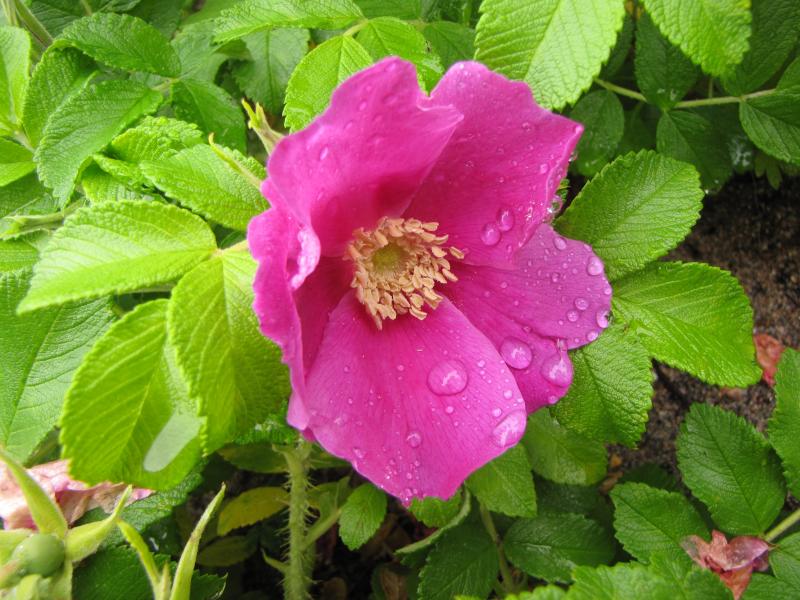
An alien species means any live plant, animal or other organism introduced outside its natural range by human activity, whether accidentally or deliberately. In this way, by human contribution, an alien species has overcome natural spreading barriers, such as a continent, sea or mountain, and has spread to an area where it would not have migrated naturally without human help. An invasive alien species means an alien species which has been found to threaten biodiversity or related ecosystem services.
(Source: https://vieraslajit.fi)


